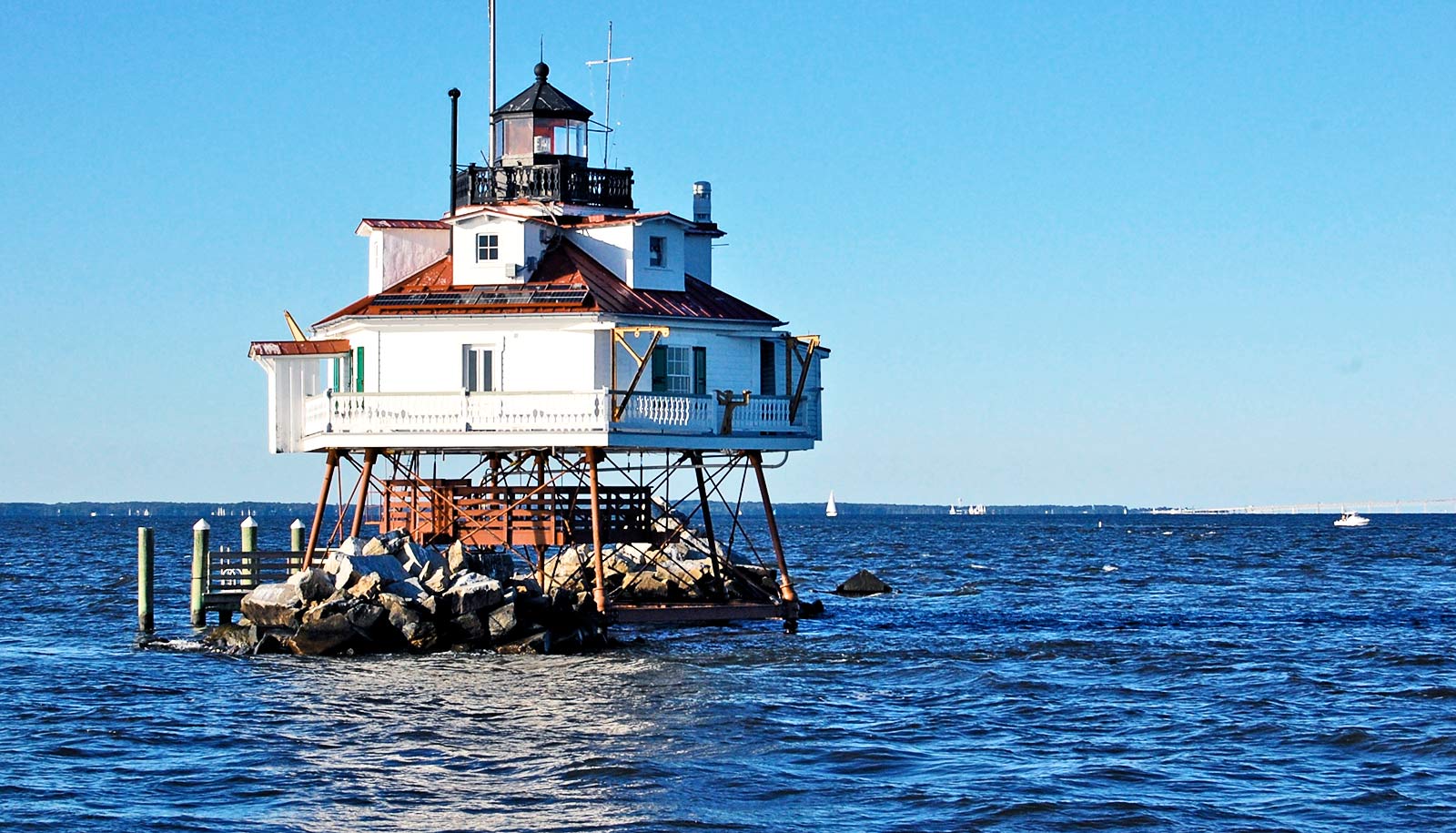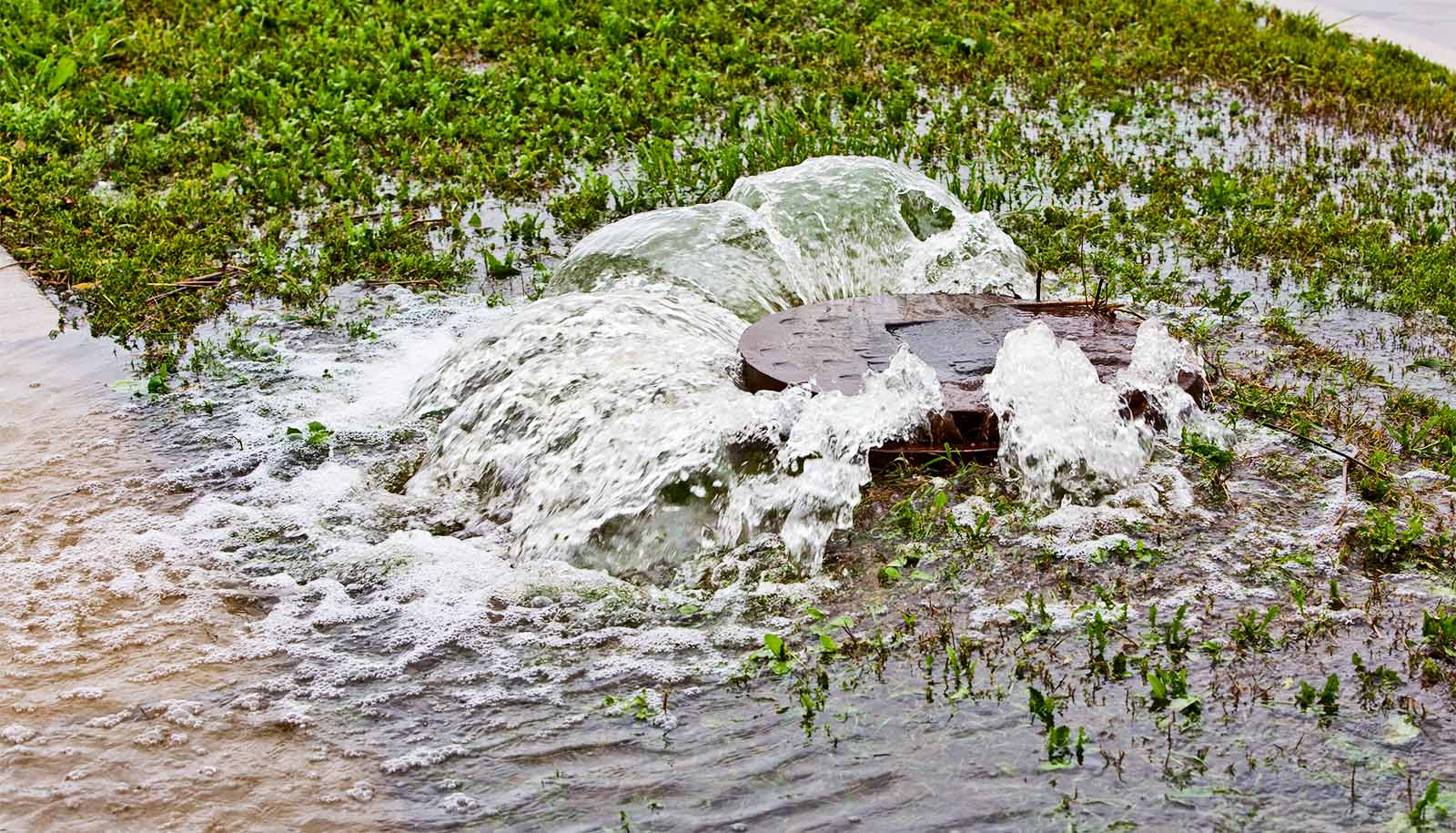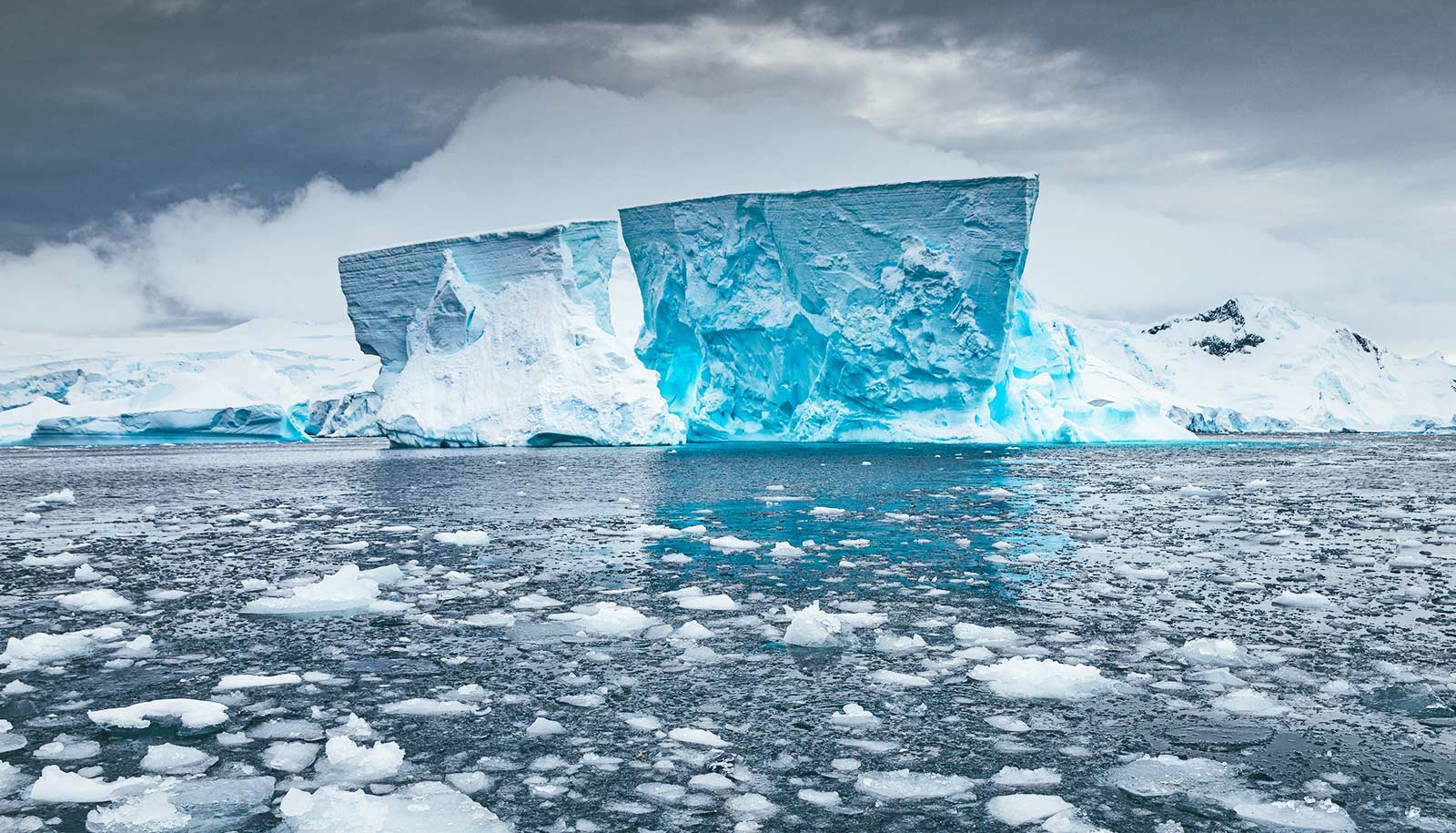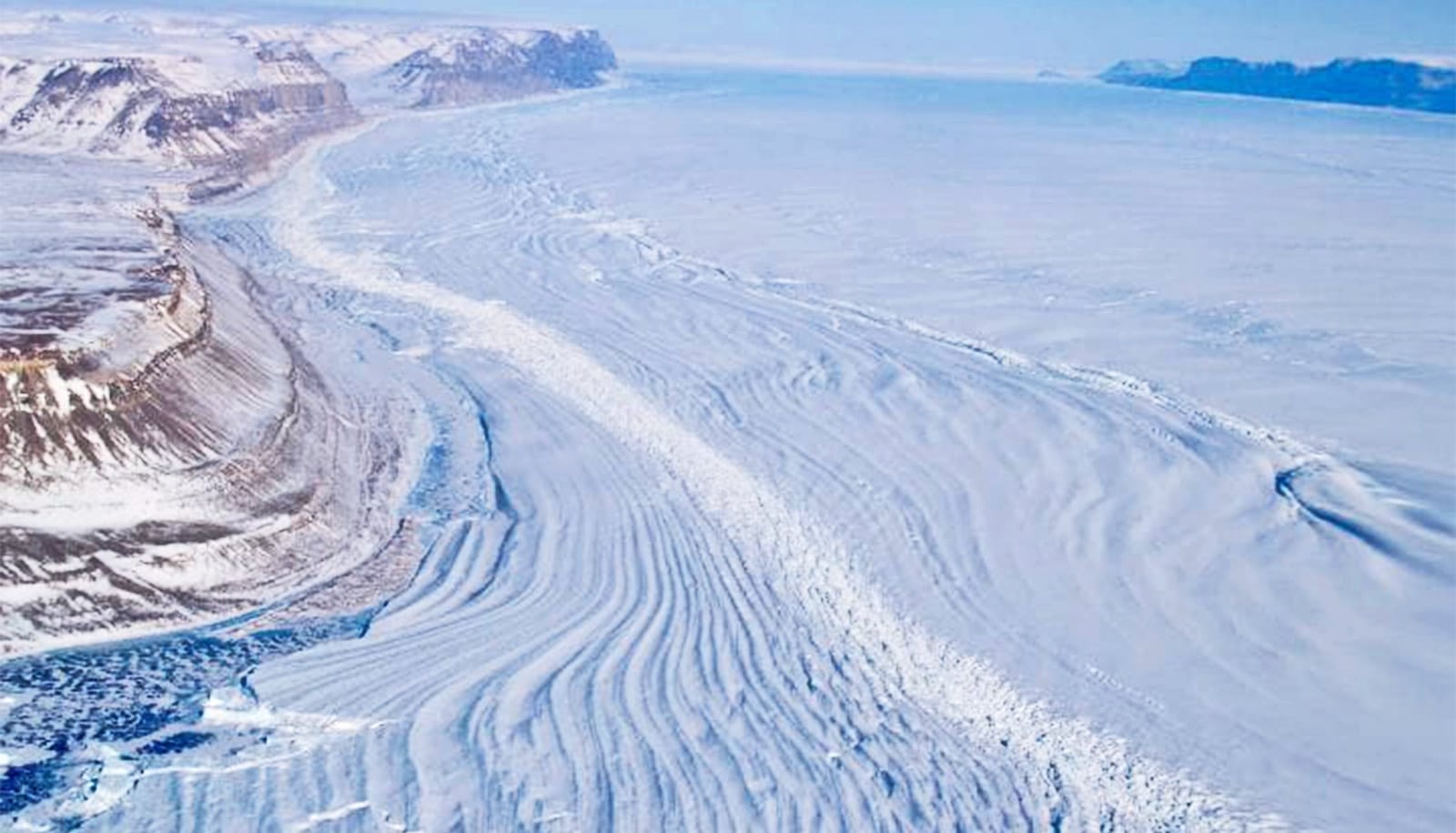Researchers have found evidence that sea-level rise is already affecting high and low tides in both the Chesapeake and Delaware bays, two large estuaries of the eastern United States.
The team combined a computer model with 100 years of observations to tease out the fact that global sea-level rise is increasing the tidal range, or the distance between the high and low tides, in many areas throughout each bay.
Tides, or the rising and falling of the ocean’s surface, occur on regular intervals and as a result of numerous factors, the biggest of which is the gravitational pull from the sun and moon.
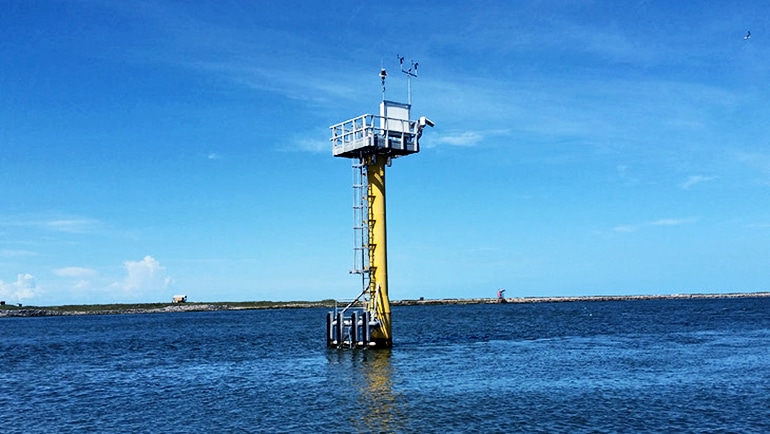
For centuries, people have documented and predicted the daily high and low tides because they can impact ocean navigation. Tides can also affect ocean life, flooding risk, fishing, the weather, and some energy sources such as hydroelectric power.
In 2015, Andrew Ross, a meteorology doctoral student at Penn State, noticed an odd pattern emerging while testing a numerical computer model for tidal research. Adding one meter of sea-level rise to the model resulted in a distinct pattern of changes to the high and low tides throughout the Chesapeake Bay.
“We weren’t sure why it was there, but it was unique enough that we thought it should show up in observations, too, if it was actually real,” says Ross, now a postdoctoral research associate at Princeton University. “So we started looking at the observations, doing more comparisons.”
Ross began working with a team that included his adviser, Raymond Najjar, professor of oceanography at Penn State, to pinpoint the precise effects of sea-level rise by subtracting other forces that affect changes to the tidal range.
Some of these forces are predictable, including the 18.61 years it takes for the moon’s orbit around the Earth to oscillate. Other forces are less predictable, like the effect from dredging a bay to create a wider, deeper space for container ships.
The team analyzed tidal gauge records from 15 locations in the Delaware and Chesapeake bays, the oldest of which dates back to 1901. They also studied nearby cities outside of each bay to control for larger changes affecting the ocean more broadly.
Sea levels rose in bursts during past global warming
Once they isolated sea-level rise’s influence on the tides using the tide gauge records, they compared this information with a computer model in which they could adjust the overall sea level, simulating the effects of the past or future.
As they report in the Journal of Geophysical Research: Oceans, both the tide gauge data and the model generally agreed on the main effects of sea-level rise on tides. The analysis shows that one meter of sea-level rise increased the tidal range by up to 20 percent in some areas. The exact amount of change from sea-level rise varied based on physical characteristics such as the shape of the bay.
“In the Delaware Bay, as you go upstream toward Philadelphia, the shore lines are converging in a sort of funnel shape, and so we see that amplifies sea-level rise’s effects on the tides,” says Ross. “That amplification gets magnified the farther you go upstream.”
By contrast, the shape of the Chesapeake Bay led to a different pattern of effects, in some cases slightly decreasing the tidal range.
Compared to the Delaware Bay, the Chesapeake Bay is longer and has less of a funnel shape. After a wave enters the Chesapeake Bay from the ocean, it eventually hits the end of the bay and reflects back towards the ocean, either adding to or subtracting from the heights of waves it contacts. Because waves travel faster in deeper water, a higher sea level results in a faster wave speed. This changes where incoming and outgoing waves interact with each other, which has a cascading effect on tide patterns throughout the bay.
Sea levels could bring greater storm damage to NYC
“When people think about flooding associated with sea-level rise, they often think everything will just go up, including the tides, but the reality is that in some cases, the tidal range may stay the same or decrease,” says Najjar. “It all depends on the geometry of the bay and the speed of waves, which we know are affected by rising sea levels.”
Additional collaborators are from the University of Maryland and Griffith University, Australia.
The National Science Foundation supported this research.
Source: Penn State
